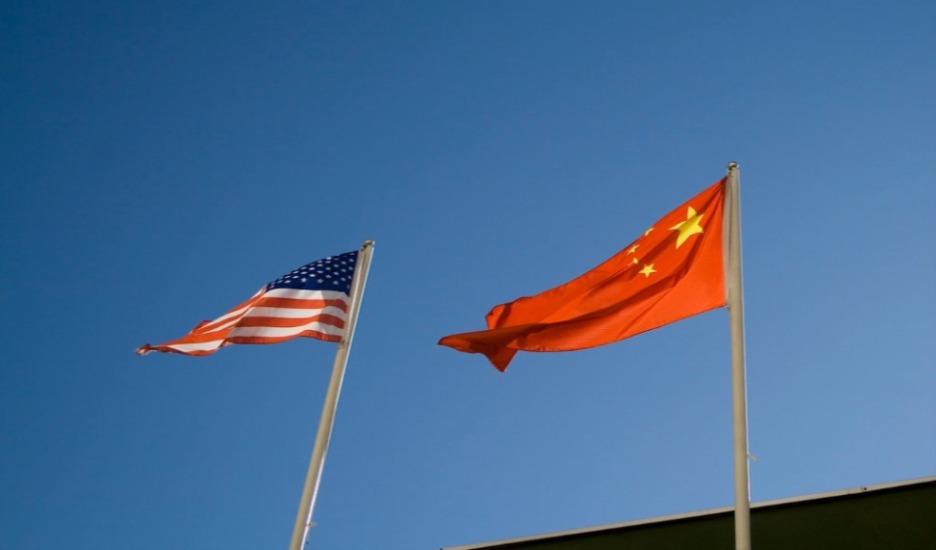Part I: The Case for Continued U.S. Involvement in Afghanistan
The U.S. war in Afghanistan, which enters its 16th year as the longest war in American history, has no end in sight, and Americans increasingly question its value. As a presidential candidate, Donald J. Trump questioned the continued U.S.

Published by The Lawfare Institute
in Cooperation With

The U.S. war in Afghanistan, which enters its 16th year as the longest war in American history, has no end in sight, and Americans increasingly question its value. As a presidential candidate, Donald J. Trump questioned the continued U.S. involvement in Afghanistan, tweeting “Let’s get out!” because of the “waste of blood and treasure.” As president, however, Trump is following the path of Presidents George W. Bush and Barack Obama: In August, he approved the deployment of several thousand more troops into Afghanistan, where 8,500 are already stationed. The United States is likely to stay involved in Afghanistan for the remainder of the Trump presidency and perhaps far longer.
As a pre-9/11 advocate of confronting the Taliban, I am loath to see it return to power and worry about the humanitarian and national security costs of a U.S. failure in Afghanistan. Yet, many Americans feel a sense of futility when they consider Afghanistan, best captured by the painful headlines of two satirical magazines: Duffleblog’s “‘We’re Making Real Progress,’ Say Last 17 Commanders in Afghanistan” and The Onion’s “Soldier Excited to Take Over Father’s Old Afghanistan Patrol Route.”
In the hopes of clarifying my own thinking along with that of any readers (and yes, I’m talking to you @brookingsbunny), in a two-part series to follow, I lay out my cases for and against intervention.
The Case for Continued Intervention
Fear of terrorism constitutes the primary reason to remain in Afghanistan. Because the Taliban hosted al-Qaeda in the years before the Sept. 11, 2001, attacks, many assume that the Taliban would host al-Qaeda and other terrorist organizations again should it gain power in all or part the country. President Trump, in his Aug. 21 speech announcing the deployment of more troops, warned, “A hasty withdrawal would create a vacuum for terrorists, including ISIS and Al Qaeda, would instantly fill just as happened before September 11.” Although the Afghan government controls only part of the country, its presence impedes the Taliban’s ability to host the large-scale training apparatus that allowed al-Qaeda and other groups to flourish before 9/11. Government forces can raid Taliban-controlled areas and disrupt camps, and the United States can fly drones or otherwise strike any facilities with relative ease.
The Taliban may have learned its lesson regarding support for international terrorism, but the United States cannot count on that. In good news, the Afghan Taliban have not supported a mass-casualty terrorist attack against the West in the post-9/11 era. The militants have not done so even in the face of the ferocious warfare waged against them, suggesting their theater of operations is local and regional, not international. In addition, the Taliban hesitated to embrace al-Qaeda’s global terrorism agenda even before 9/11, though it stumbled into a tight embrace with the group. However, the Defense Department counts as many as 20 active terrorist groups in Afghanistan. Moreover, the rise of the Haqqani network within the Taliban—Sirajuddin Haqqani has become the Taliban’s No. 2—is troubling given the network’s ties to international terrorist groups. In addition, the Islamic State in Khorasan Province (ISKP) has emerged in recent years and has executed brutal terrorist attacks. ISKP rivals the Taliban, and it might conduct attacks if it had more freedom to operate in Afghanistan even if the Taliban refrained from supporting terrorism.
Setting aside the issue of Taliban or ISKP control, the United States also uses Afghanistan as a base for drone attacks in Pakistan. Drones are the tip of the U.S. spear against al-Qaeda remnants remaining in the region. A number of U.S. enemies operate from tribal parts of Pakistan that are within drone and commando range from Afghanistan. Thus, a continued fight against al-Qaeda remnants in Pakistan depends in part on access to Afghanistan. In addition, much of the drone program depends on human assets for reporting—it cannot be done entirely “over the horizon,” with no allies on the ground. Finally, a U.S. departure would embolden Pakistan’s generals, convincing them (correctly) that covertly supporting militants against their enemies is a winning strategy and one that they should continue to employ against India.
An open U.S. defeat would also be a morale boost for our enemies. This is the land where the jihadists beat one superpower, the Soviet Union, and giving them a second victory would be a psychological jolt. This would help their recruiting, fundraising and morale in general. Similarly, U.S. friends would be dispirited, seeing the United States as abandoning the region despite many U.S. and allied sacrifices.
Beyond counterterrorism interests, there is a humanitarian case for remaining in Afghanistan. The Taliban oppose women’s rights, religious tolerance, education for girls and general liberal democratic values. Preventing such a group from gaining power helps Afghans. Although the United States cannot and should not intervene everywhere to promote human rights, Afghanistan represents a possible exception given the long-standing U.S. involvement coupled with the security reasons and serious humanitarian concerns.
Nor is the picture in Afghanistan all dark. The U.S. military reports that the Taliban lose approximately 10,000 fighters each year in casualties—a huge number. Unfortunately, they can replace lost cadre, but the cost to the group remains high. The Brookings Afghanistan index, though largely negative in its implications, also suggests a few bright spots:
- The size of the Afghan security forces has steadily grown along with their ability to operate effectively both with and without U.S. advisers
- Some of the U.S. military advising and mentoring at the tactical level has borne fruit, resulting in more capable Afghan forces
- Enrollment in elementary and secondary education has increased steadily since the fall of the Taliban
- Life expectancy in Afghanistan rose from 42 years in 2004 to more than 60 years in 2010
Furthermore, the cost of the U.S. presence has declined as the total number of troops has plummeted. Even with the president’s troop increase, the roughly 12,000 U.S. troops in Afghanistan would still constitute a fraction of the more than 100,000 troops stationed in Afghanistan during the height of the U.S. troop presence under Obama. The more than 20,000 private Defense Department contractors working for U.S. companies add considerably to this number, though the figure includes other nationalities. Casualties have plummeted as the U.S. presence has declined. In 2016, the United States lost 14 soldiers—down from more than 400 each year in 2010 and 2011. With far fewer troops deployed, the cost has decreased to perhaps $20 billion or so a year, though this total varies dramatically depending on how the figure is computed. While hardly small, this amount is not astronomical either. It would, of course, rise substantially if the United States again committed larger numbers of forces.
If the Trump administration is serious about taking on Pakistan, it should consider expanding the war there via drones, covert operations and commando raids—a substantial escalation. The Taliban’s leadership presence and bases in Pakistan make it almost impossible to defeat without confrontation.
From a political perspective, having gone big makes it harder to go small: Both Bush and Obama put massive resources into Afghanistan to win, and that expectation of victory lingers even as U.S. resources have diminished and the war drags on. If the United States plans to stay involved, the Trump administration needs to redefine success. Trump’s promise of “we will win” sounds great as rhetoric, but it’s not a realistic policy goal given the resources his administration plans to commit. If the United States couldn’t win against a weaker Taliban with 100,000 U.S. troops, then promising the same goal with a tenth as many troops against a stronger Taliban is unlikely to succeed. My Brookings colleagues John Allen and Michael O’Hanlon have laid out a more realistic objective: reversing the Taliban’s momentum. By the end of Trump’s time in office, if the Afghan government gains rather than loses territory, then the United States may be ready to plan more ambitiously. Until then, if the United States has decided to stay, U.S. leaders should recognize the Afghan intervention as a limited use of resources to achieve a limited objective.


.jpg?sfvrsn=5a43131e_9)


